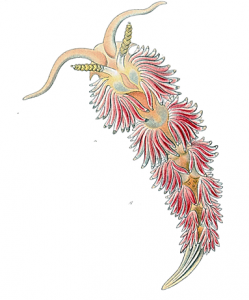Drawing as an adequate image of reality. Ernst Haeckel, scientific illustration and the controversy over the photographic reproduction of the living
Abstract
The works of Ernst Haeckel, one of the staunchest defenders of Darwin and amateur artist, brought Goethian morphology to new horizons, contributing to the affirmation of evolutionism. Overcoming the traditional disciplinary boundaries, he promoted a “biological Aesthetics”, convinced that the artistic representation of living forms is more profound and stimulating for science than any photographic reproduction. In fact, in his opinion, the scientist is a free interpreter of vital phenomena and his drawings are able of grasping the essence of biological processes. Reading some Haeckelian works, in this article we will try to clarify why the photographer has a passive view of the world, reproducing it mimetically but not fully understanding it and we will understand why, according to Haeckel, only by drawing, we can grasp the secret of living forms because, as Goethe points out, "art is knowledge and produces knowledge".

Downloads
Published
How to Cite
Issue
Section
License
Copyright (c) 2023 Elephant & Castle

This work is licensed under a Creative Commons Attribution 4.0 International License.





